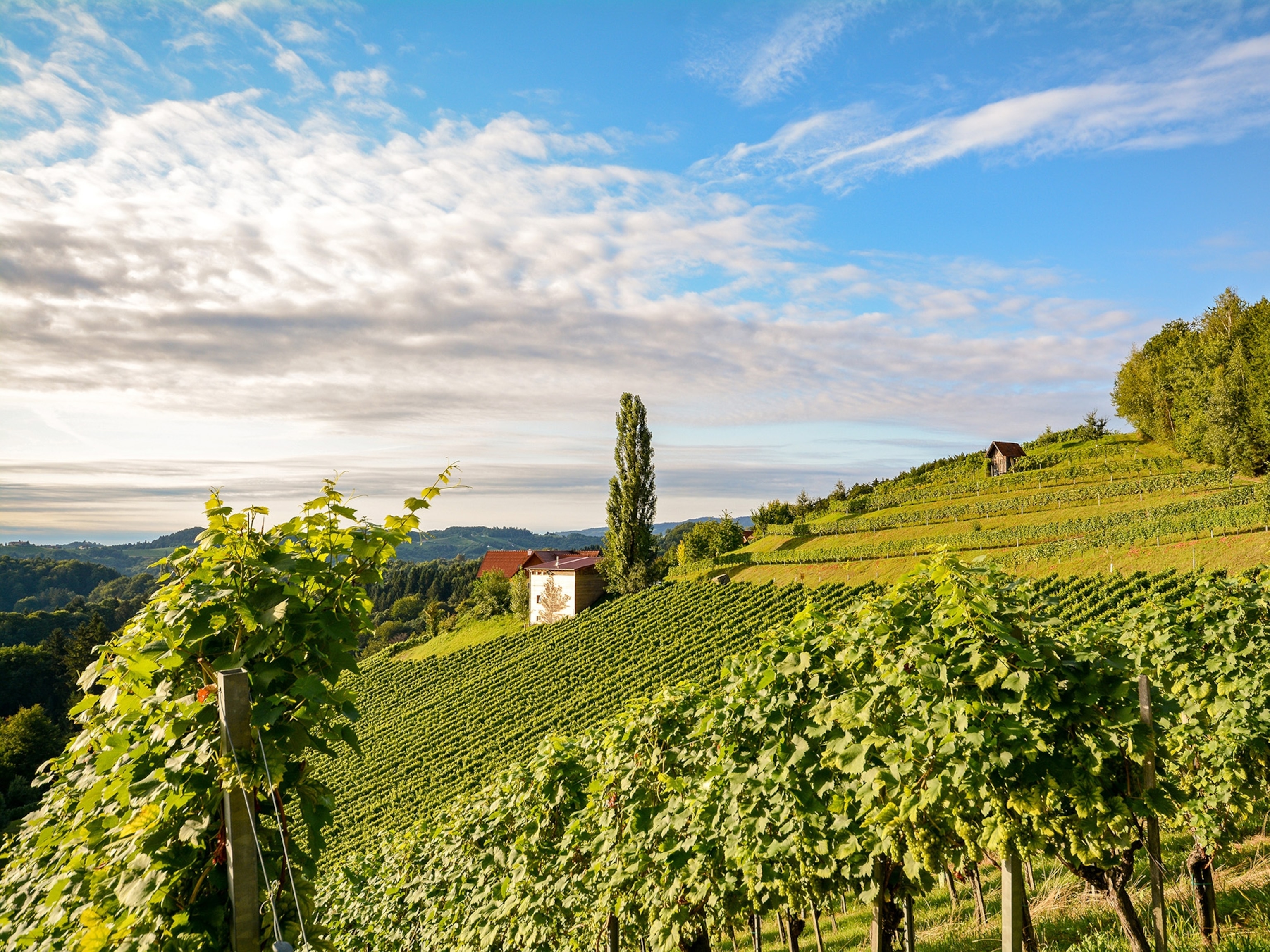
Everything to Know About Havana
Contradictory and complex, Havana has something for everyone.
Crackling with creativity and change, Havana is not the city suspended in time portrayed by glossy magazines with candy-colored convertibles splashed across their pages. After a few days here, you'll realize the decrepit face of Havana belies the sultry and cosmopolitan soul pulsating behind those tumbledown balconies. With a bit of serendipity—a powerful coin in the Cuban travel realm—the city's secrets will reveal themselves.
When to Go
There's really no bad time to visit Havana, weather-wise, though June through November is hurricane season; visitors should heed local weather reports and preparation instructions (Cuba is world-famous for its hurricane preparedness). Meanwhile, heat sensitive travelers will find the hot, humid weather—and overall lack of air conditioning—burdensome June through August. May through October is officially the rainy season, typified by afternoon thunderstorms.
Celebrate
December is a wonderful time to visit when Havana crawls with foreign and Cuban stars in town for the international jazz, ballet and film festivals. For music lovers, the Havana World Music Festival in March is a must, while May Day draws people from all over the world—and nearly a million Cuban workers—to the Plaza de la Revolución. In August, Havana's annual Carnaval extravaganza transforms the Malecón into a week-long rum-fueled, salsa-'til-you-drop fiesta.
What to Eat
Cuba's bland food belies the island's rich, multi-ethnic roots. Picante (spicy) is anathema to local palates and many think (with reason) pizza or ham and cheese sandwiches are national dishes. But don't miss traditional, toothsome plates including ropa vieja (literally old clothes), shredded beef studded with green peppers and onions; tostones, fried plantains, and picadillo a la Habanera, ground beef with olives and raisins. Almost every meal is served with congrí—rice and beans.
Souvenir to Take Home
Nothing beats visiting an artist's studio and buying original work. Favorites include La Urbe, a collective of six Cuban artists (Línea #904, between 6 and 8), Estudio 5 (Compostela #5 between Cuarteles and Chacón) where Kamyl Ballaudy's passion is José Martí, and Estudio ARES (San Ignacio #4 between Chacón and Tejadillo), an award-winning artist. Music also makes a terrific souvenir; hot bands include Cimafunk, Interactivo, and Alexander Abreu. For gifts, grab a kilo of fresh roasted Cuban coffee from Café Escorial in Plaza Vieja.
Sustainable Travel Tip
Cuba is breaking records for foreign visitors (more than 4 million annually since 2015). While good for the economy, this has effects on the ecology—most visitors use scores of water bottles during their visit; the island can't absorb all that plastic. Consider traveling with a filter or purifying tablets, boiling water in your casa particular or buying the bigger five liter jugs. Doling out candy, pencils or trinkets on the street sets a negative example.
- National Geographic Expeditions
Instagram-Worthy View
Havana is hyper-photogenic but beware the harsh tropical sun which heavily burns images. This is especially true in the Plaza de la Revolución, one of the city's most emblematic sites. For best results, rise early or wait until dusk when the sun is most tender. No trip to Havana would be complete without a sunset photo on the Malecón; one of the best, least exploited angles is from the other side of Havana Bay.





